Doing tourism and protecting forests at the same time
The eco-tourism spot under the protective forest canopy of Mr. Truong Van Dung (50 years old, residing in An Thanh 3 commune, Cu Lao Dung district, Soc Trang ) makes a strong impression on visitors with its wild beauty and experience connected with nature. The monkey bridge through the forest takes visitors through the shady mangrove canopy, where a troop of long-tailed monkeys naturally come to welcome visitors, creating a rare and lively scene.

Mr. Dung catches snails raised under the protective forest canopy to prepare dishes to serve tourists.
PHOTO: DUY TAN
Here, visitors can also observe snails clinging thickly to tree trunks and crabs crawling all over the mudflats. In addition, the forest is also home to storks, bats, wild birds and even natural bee colonies, contributing to the rich ecosystem.
Few people know that the owner of this eco-tourism area, Mr. Truong Van Dung, used to follow his family's profession of fishing along the coast. Gradually, natural resources were depleted, and fishing did not bring a stable income. After more than 30 years at sea, he decided to go ashore to find a new livelihood.

Tourists cross the forest on monkey bridges to see monkeys in Mr. Dung's eco-tourism area.
PHOTO: DUY TAN
In 2014, the Soc Trang provincial agricultural sector assigned him to exploit and preserve 5 hectares of protective forest, and Mr. Dung started raising aquatic products under the forest canopy. From there, the idea of eco-tourism and community tourism began to take shape.
"Being assigned a forest also means being given responsibility. I understand that exploitation must be associated with protection, so that forests and aquatic products can develop together in the long term," Mr. Dung shared.

Monkey bridges through the forest take visitors through the shady trees.
PHOTO: DUY TAN
To maximize the value of tourism from the forest, Mr. Dung invested in experiential services such as: walking on bamboo bridges to see monkeys, sliding on bamboo rafts on alluvial land, rowing boats through coastal mangrove forests, participating in harvesting aquatic products in ponds, or connecting with community tourism spots in the area to serve the entertainment and accommodation needs of tourists.
During peak season, his family's tourist destination welcomes thousands of visitors each month, bringing in significant revenue from sightseeing services and on-site seafood consumption.

A troop of long-tailed monkeys naturally came to greet tourists.
PHOTO: DUY TAN
Bringing forests gradually to the sea
Mr. Dung's eco-tourism spot quickly attracted tourists thanks to its pristine beauty and experiences typical of the Mekong Delta.

Tourists experience boating sightseeing
PHOTO: DUY TAN
The difference in Mr. Dung's model is sustainability. All farming and exploitation activities follow the principle of "following nature", not harming the ecosystem, not using chemicals, not damaging the forest. Thanks to this method, the forest area under his management is increasingly dense, gradually reaching out to the sea, contributing to reducing waves, preventing salinity and effectively preventing landslides.

Tourists wade through mud at the alluvial plain to experience sliding on bamboo rafts.
PHOTO: DUY TAN
Not only profiting from tourism services, Mr. Dung's family also has a stable income from local seafood such as selling snails, mussels, crabs... Total revenue is hundreds of millions of VND/year.
"Preserving the forest means preserving the long-term livelihood of the community," Mr. Dung affirmed. Through a model that harmoniously combines conservation and exploitation for ecotourism, he has proven that protective forests are not only a natural shield but also a valuable resource, if properly managed.
Source: https://thanhnien.vn/ngu-dan-doi-doi-nholam-du-lich-sinh-thai-duoi-tan-rung-phong-ho-18525060110175813.htm




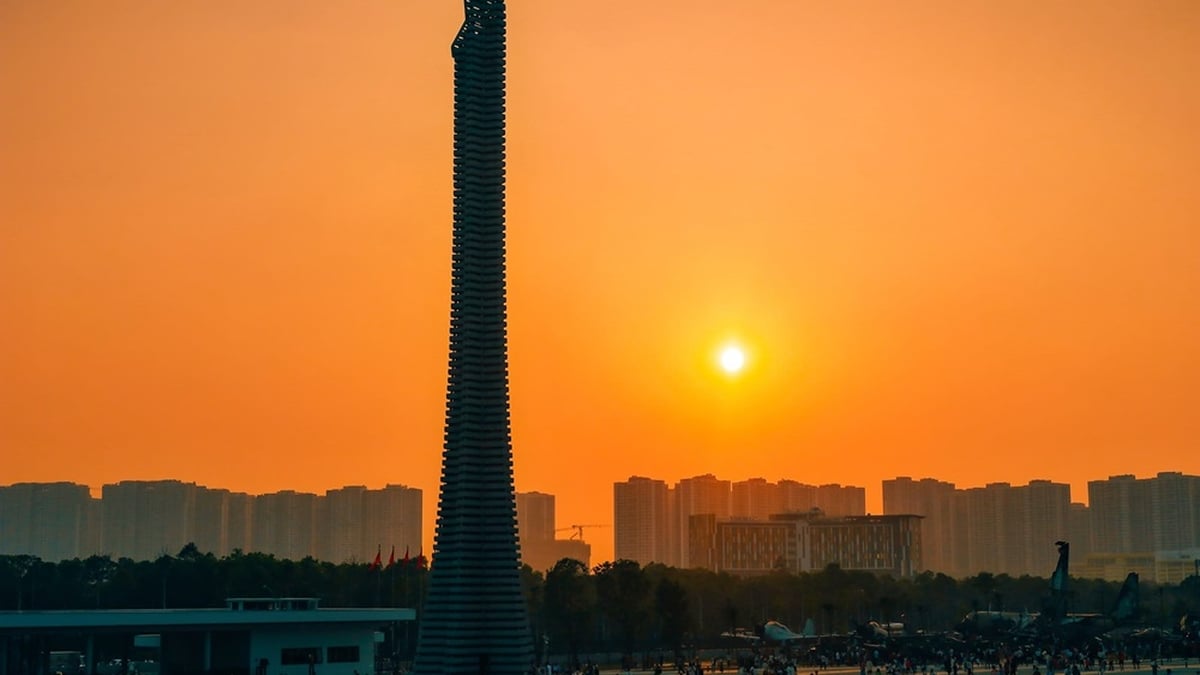
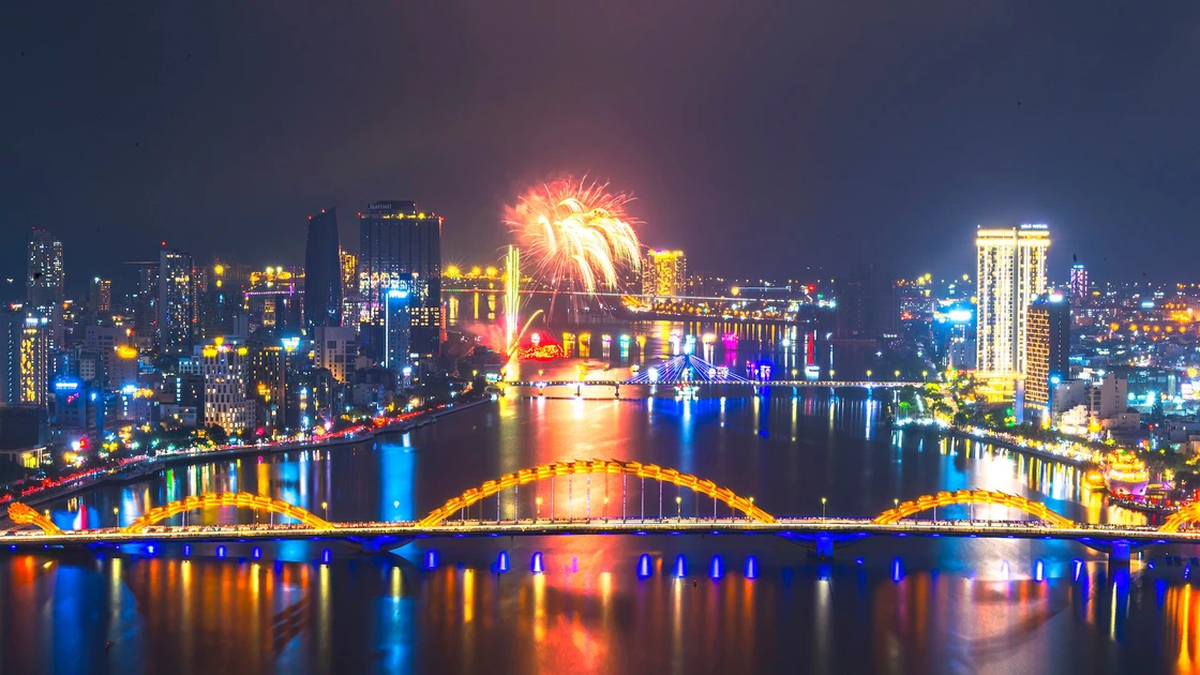
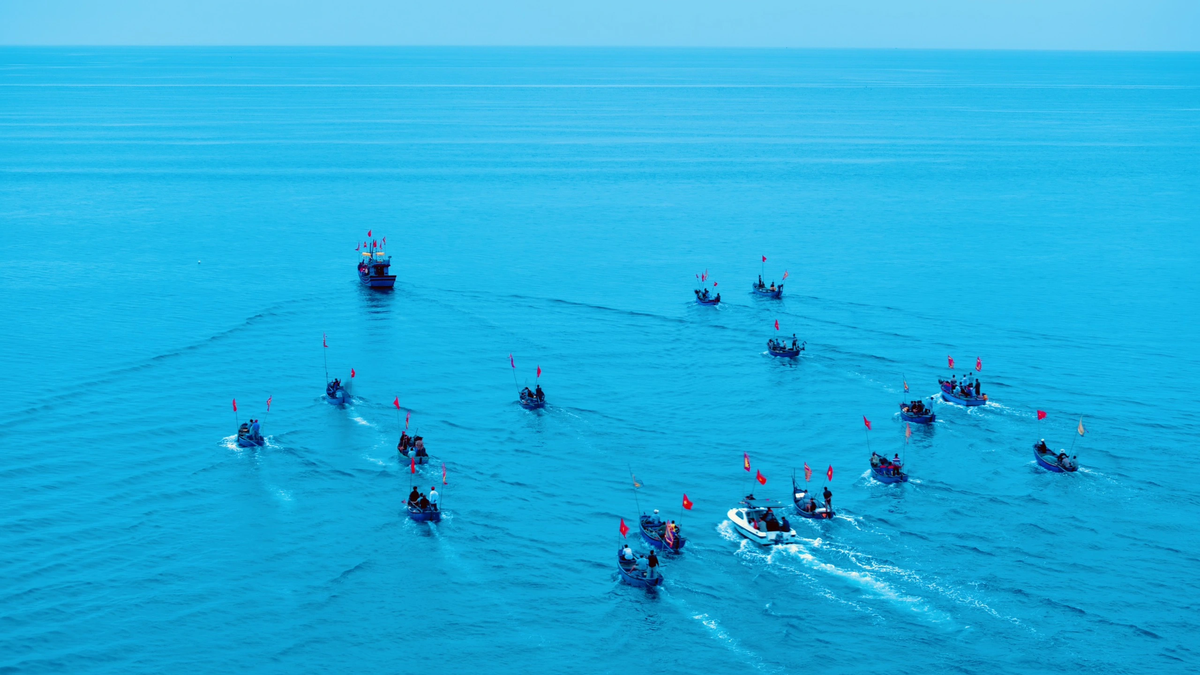

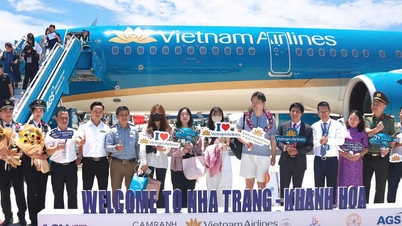
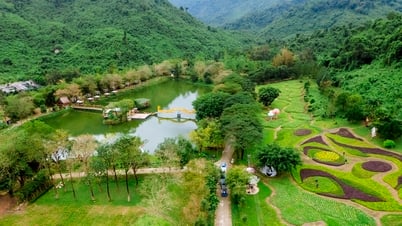
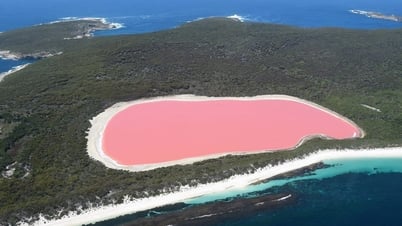
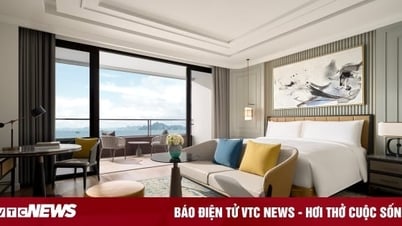

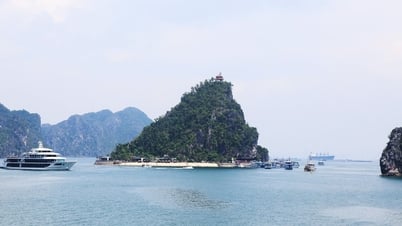
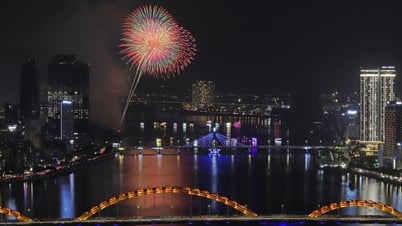




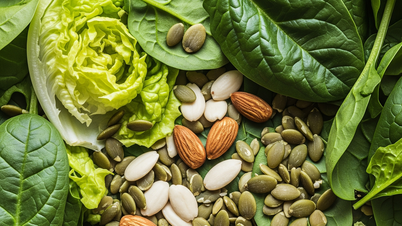
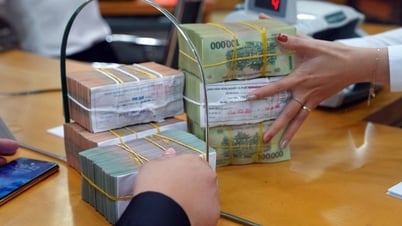
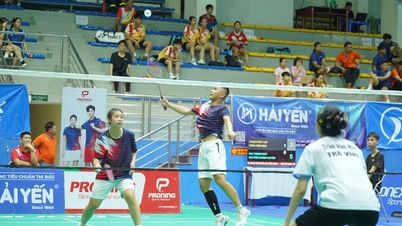
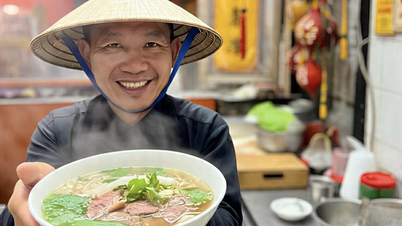






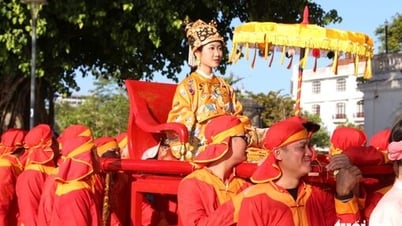

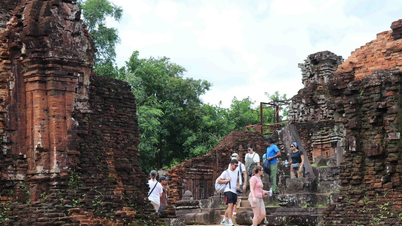


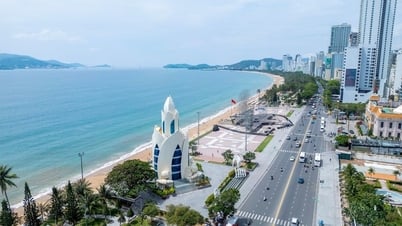

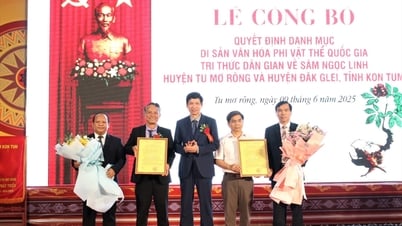

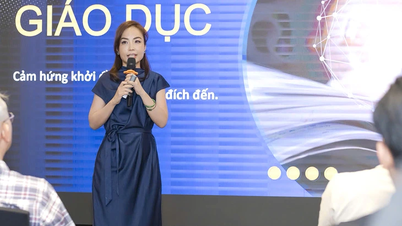
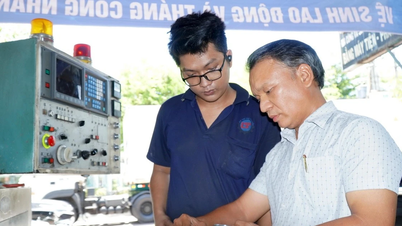

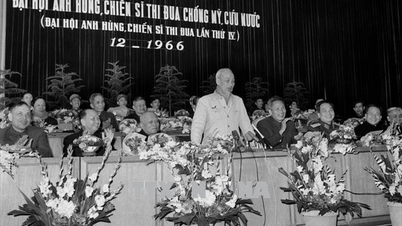





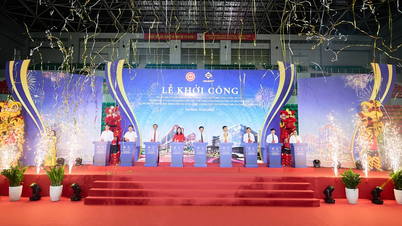


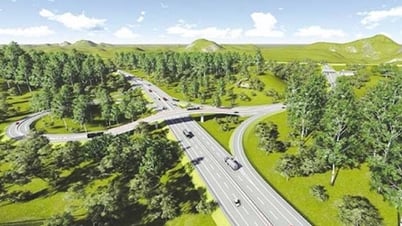

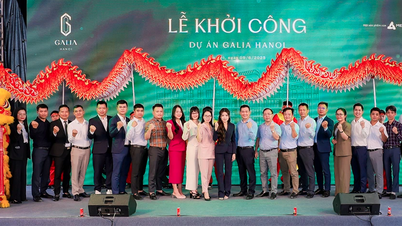



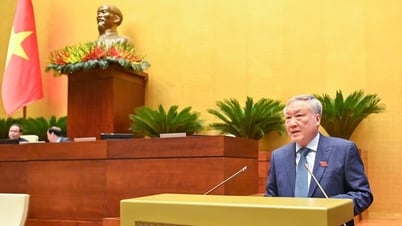

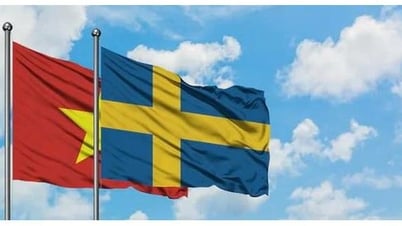
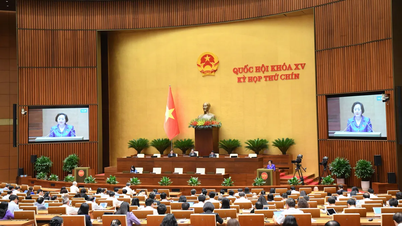








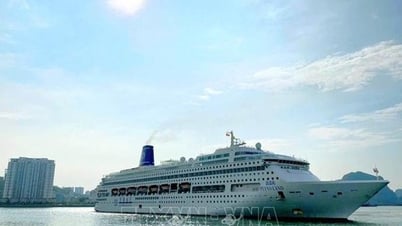
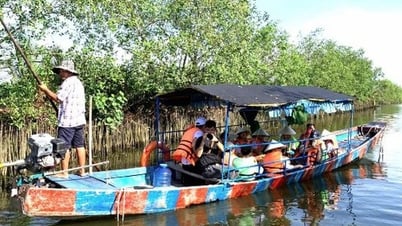
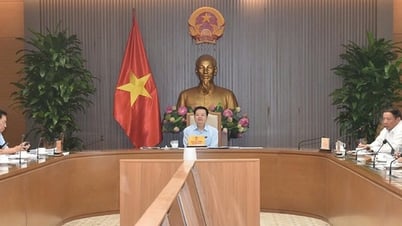



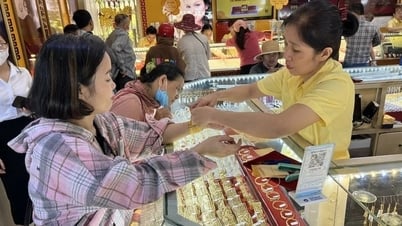

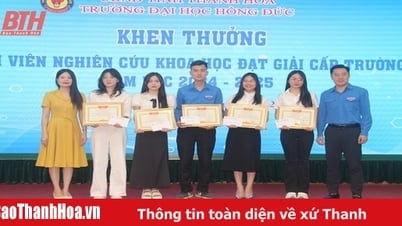

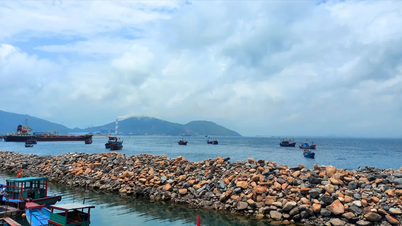

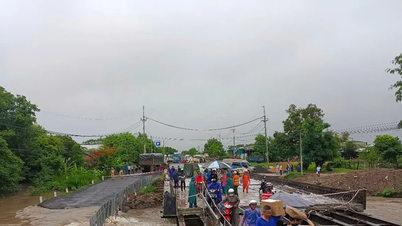
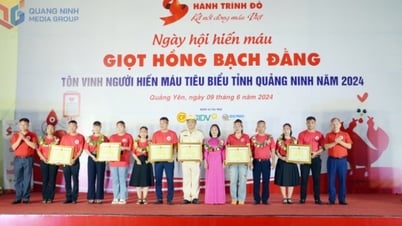

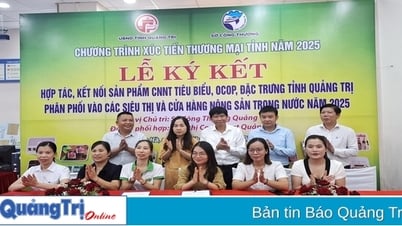

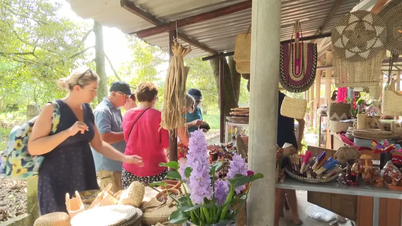

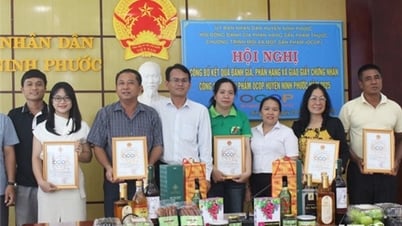

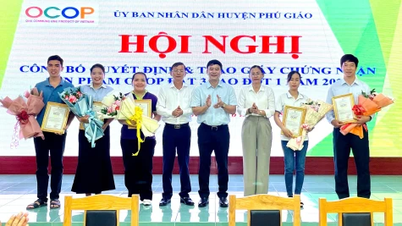




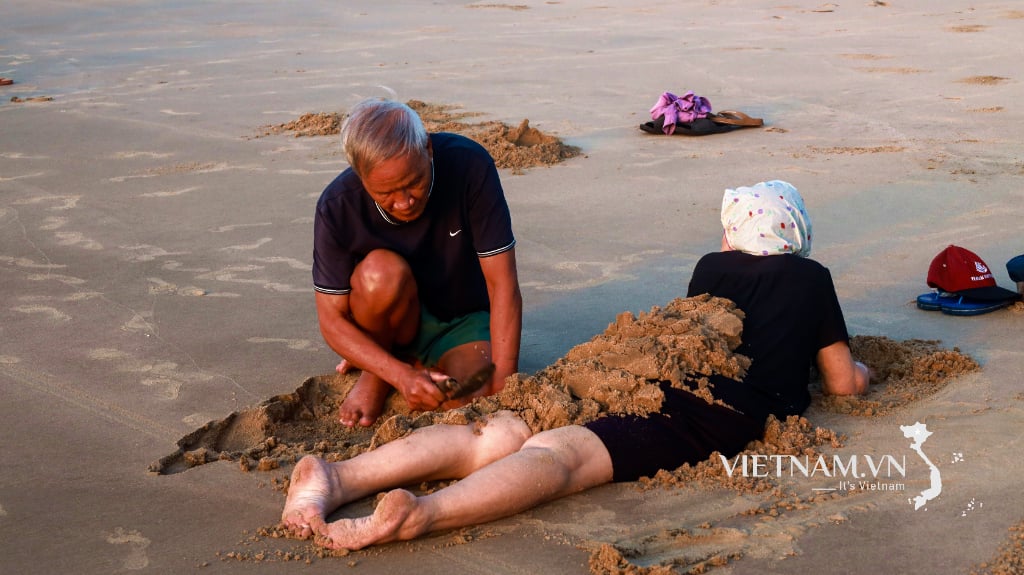

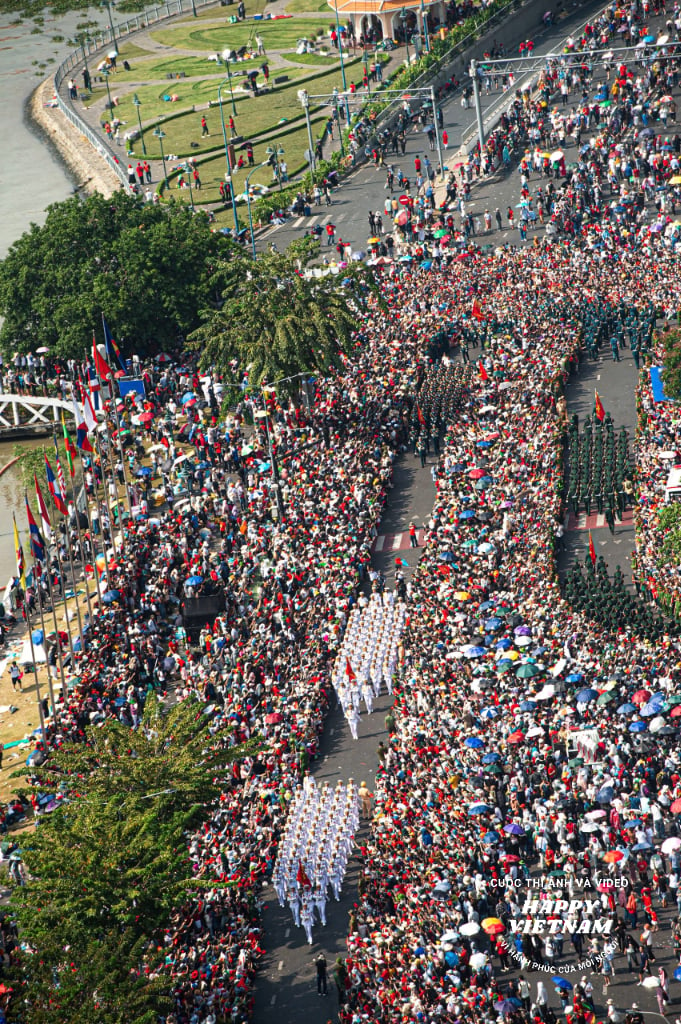
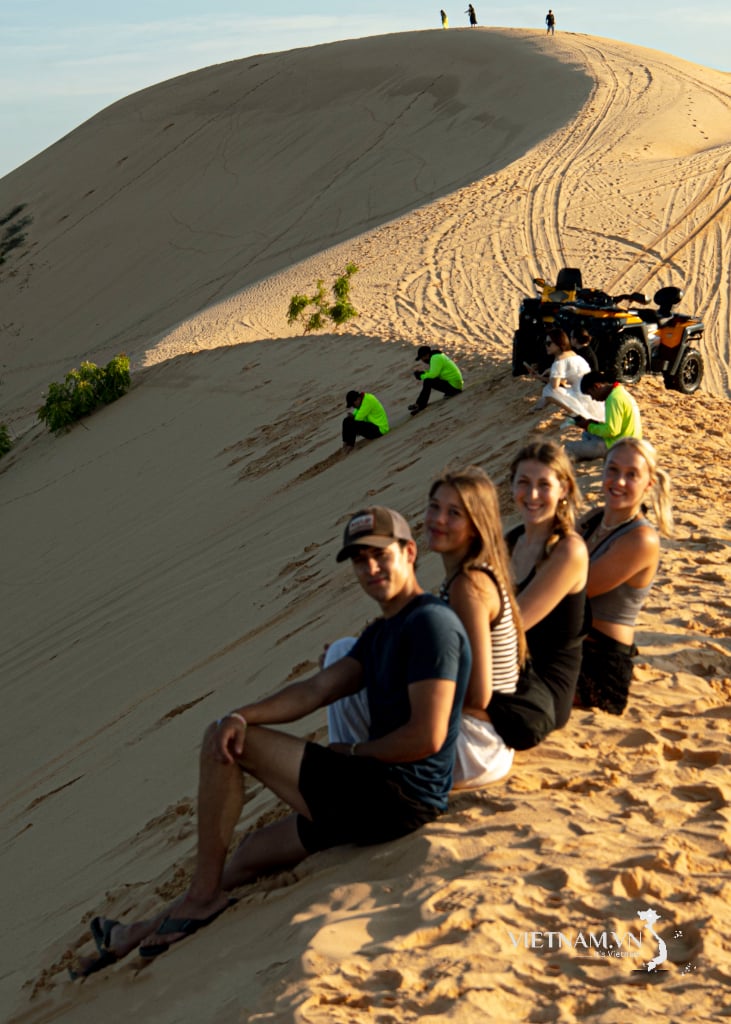
Comment (0)